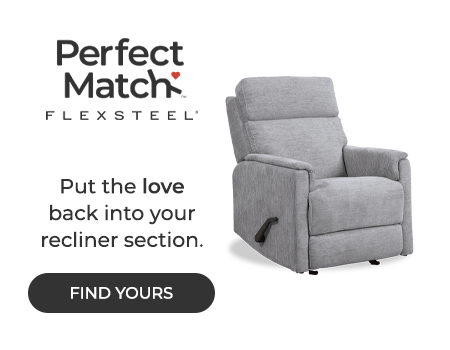COLFAX, N.C. — At the recent AHFA Regulatory Summit, Matt Howsare, partner and chair of the U.S. Product Safety Practice at Cooley LLP, cautioned furniture industry stakeholders not to underestimate the looming Consumer Product Safety Commission e-filing mandate.
Although the July 8, 2026, compliance deadline still seems far off, Howsare urged companies to treat it as an urgent priority. “This is it,” he said, noting there will not be another American Home Furnishings Alliance regulatory summit before the rule takes effect.
Despite political changes in Washington — including the removal of Democratic commissioners by President Trump and questions about whether the CPSC might eventually be absorbed into the Department of Health and Human Services — Howsare was firm: E-filing is not going away.
The agency’s acting chairman, Peter Feldman, a Trump appointee, strongly supports the program, as do the CPSC’s career staff. “There’s really nothing standing in the way of this happening,” Howsare emphasized.
Even if CPSC were folded into another agency, the funding and enforcement priorities would remain. “Don’t lull yourself into thinking this will disappear,” he cautioned.
At its core, e-filing requires importers to submit certificates of compliance electronically when products enter U.S. ports. This is not new in principle — companies already issue certificates — but the process is about to become far more structured and transparent.
The rule applies only to imported finished products, not to domestic manufacturers or private labelers. Replacement parts sold separately count as finished products and must be filed, but components imported for assembly do not.
Importantly, the CPSC has broadened the definition of “importer.” Beyond the importer of record, it may also include owners, purchasers, authorized customs brokers or anyone with a financial interest in the shipment. This is meant to capture online marketplace activity, ensuring there is always a U.S. party accountable for imported goods.
Companies will need to provide seven core data elements with each filing, including shipment details, applicable regulations, test information and certification. Accuracy is critical: If a shipment is stopped and a valid test report can’t be produced within 24 hours, that alone is considered a violation.
There are two filing pathways:
- The PGA message set, where data is entered directly into Customs’ ACE portal.
- The CPSC Registry, which allows companies to pre-populate data and use a reference number for imports — a system the agency is encouraging for frequent importers.
Howsare highlighted one complexity: Products exempt from testing (such as certain wood furniture that doesn’t require lead testing) still require an exclusion code, with a stated reason. “It’s not just a checkbox,” he said. “You have to explain why it’s excluded, and you have to be right.”
As for enforcement, Howsare predicted the CPSC will initially target blatant violators — those ignoring the rule entirely or submitting false information. But he warned that the agency has little tolerance for repeat mistakes. “It’s basically one strike and you’re out,” he said. “You may get a grace period once, but after that, CBP may seize your shipments.”
Howsare strongly recommended that companies join the current voluntary pilot program, even with just one product. While participation won’t fully prepare companies for every complexity, he said every company involved so far has learned something valuable. With self-registration now available, it’s easier than ever to enroll.
He also pointed out a second deadline: Products coming through foreign trade zones must comply with e-filing by January 2027. Though the agencies are still working out the mechanics of this, companies using foreign trade zones should be aware of the longer — but more complicated — timeline.
Howsare noted that e-filing has survived recent regulatory rollbacks. Of the 10 rules withdrawn under the Trump administration’s “one in, ten out” directive, e-filing was not among them. In fact, the CPSC has invested additional funds to advance the program, underscoring its permanence.
The bottom line for the furniture industry is clear: E–filing is coming, it is complex and it is mandatory. Companies that wait until 2026 to begin preparation risk costly delays, shipment seizures and reputational damage.
“This is a good program,” Howsare said. “But it’s only good if you’re ready for it. Start now, test the system and make sure your compliance paperwork is airtight. Because when July 2026 arrives, there will be no excuses.”




